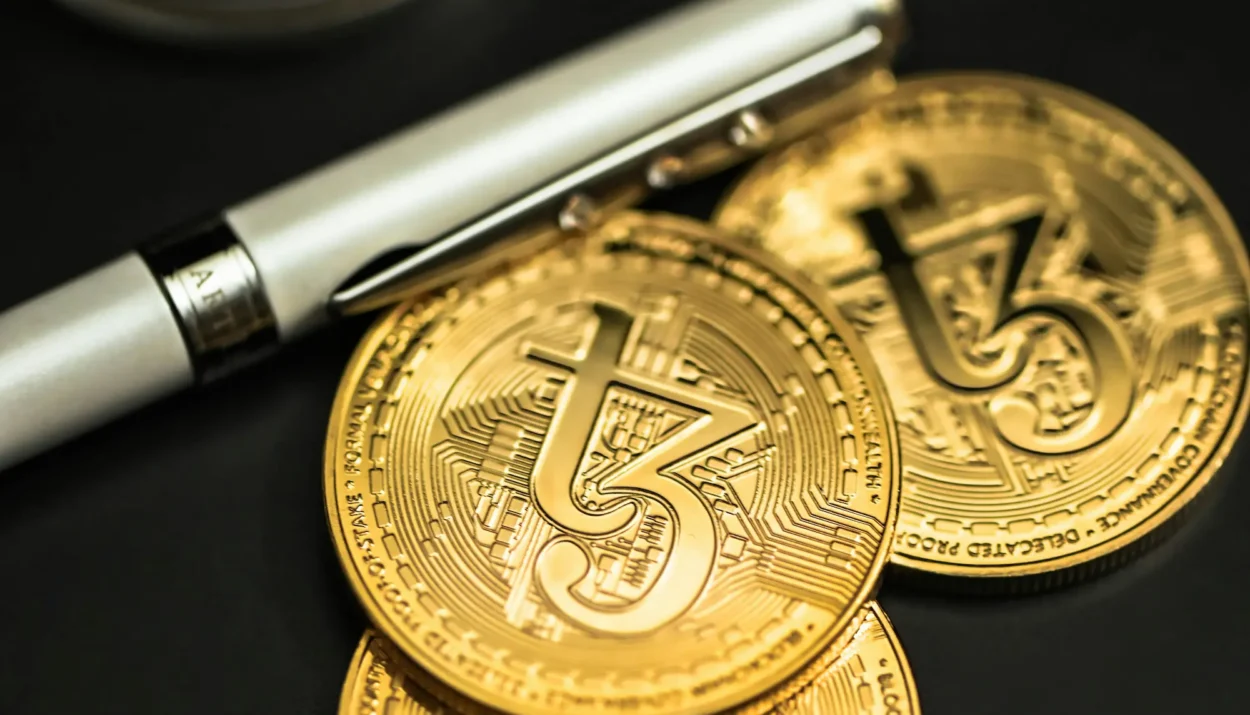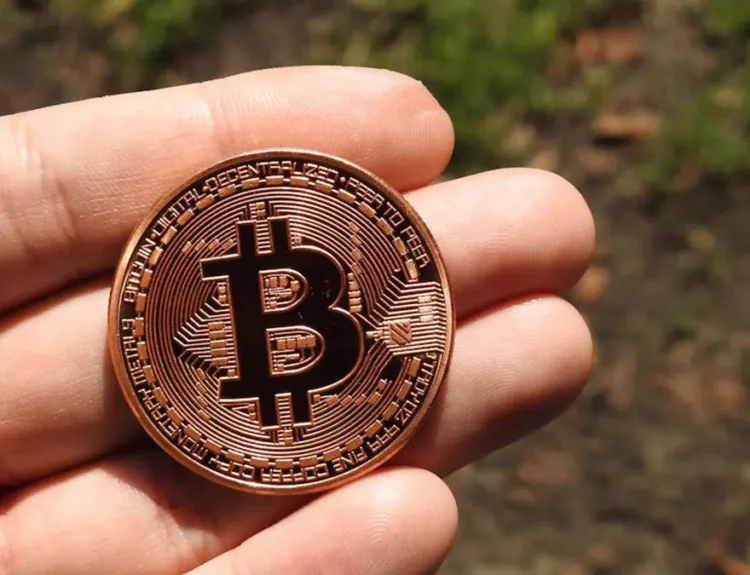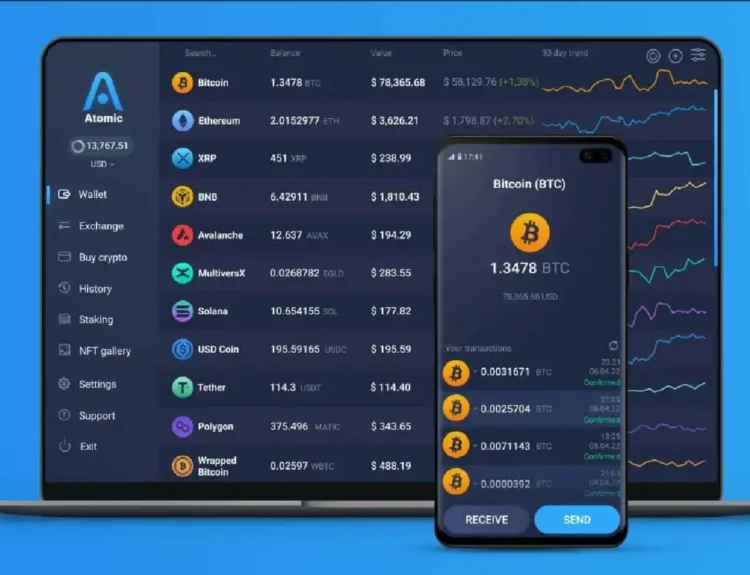The primary aim of Tether, like other stablecoins, is to minimize the volatility often associated with conventional digital currencies. Answering the question about the cost of 1 USDT, representatives from Tether Limited state that each token is equivalent to one US dollar, which is why Tether is also known as a “stablecoin,” or more precisely, a stable coin. The value of the token is backed by Tether Limited through its reserves.
Steve Boomer, a co-founder and developer of Many Worlds Token, explains that the essence of Tether is that 1 token can always be sold for 1 dollar, regardless of market conditions. Currently, Tether is recognized as the largest stablecoin, with a market capitalization exceeding 50%. It is followed by USD Coin (USDC) with about 31% capitalization, and BUSD in third place.
A Bit of Tether History (USDT)
Development on Tether began almost 10 years ago when Jay Willet aimed to create new digital assets based on the Bitcoin protocol. Thanks to Mastercoin, his idea came to fruition, and one of the early project participants later co-founded Tether in 2014. Tether started being used to provide liquidity when it was listed on the BitFinex exchange at the beginning of 2015.
Recent market turbulence caused another stablecoin, TerraUSD, which is tied to the US dollar, to drop to $0.23. Consequently, Tether also briefly lost its peg to the $1 mark. Amid these events, many investors have increasingly expressed concerns about how one stablecoin could affect the entire market and the liquidity of other assets.
How Does Tether Work?
Tether’s token stability is ensured by the currency reserves of the issuer, which in this case is Tether Limited, claiming to hold dollars and other assets that meet or exceed the total number of circulating tokens.

Simply put, for every circulating Tether token, the company allegedly has 1 dollar in its reserves, including cash and various equivalents (such as short-term bonds or term deposits).
What Blockchains Does Tether Use?
Tether does not have its own blockchain, but the tokens are hosted on various third-party blockchains, including:
- Ethereum
- Tron
- Algorand
- Solana
- Avalanche
- Polygon
Traders use stablecoins like Tether to maintain stable liquidity so that entering and exiting crypto trades does not result in unexpected losses due to market volatility.
What is Known About Tether Limited’s Reserves?
Tether’s official website publishes daily reports on the amount of reserves relative to the circulating USDT tokens. There have been controversies around the reserves maintained by the company, such as investigations by the Commodity Futures Trading Commission (CFTC) and the New York Attorney General regarding Tether Limited’s reserves. However, the official site states that the company has issued 1 billion USDT as a “buffer.”
Anyone can purchase Tether on almost every major cryptocurrency exchange. Buying a crypto-asset worth a hundred dollars, you receive about a hundred USDT tokens. Simultaneously, the company’s reserves increase by a hundred dollars to help maintain the dollar to 1 to 1 peg, meaning, answering the question of how much 1 USDT costs, one can say that each token equals one dollar.
Tether tokens can also be destroyed and removed from circulation when users exchange them for fiat.
Conclusions
Earning from price fluctuations in Tether is challenging as the price changes minimally. However, exchanges offer several options for earning passive income, for example, through the investment platform Binance Earn, which issues loans in USDT at an interest. Additionally, one might find an external DeFi project and become a liquidity provider.
The advantages of the stablecoin make it very popular. While bank fees for transfers typically range from about 1-5% of the transaction amount, the “Binance” exchange charges nothing for depositing USDT and only a minimal fee (one dollar, regardless of the amount) for withdrawals, making the asset attractive to investors. But there are still questions about Tether Limited, as it is still unclear what exactly backs the USDT reserves.
Despite controversies and close government scrutiny, investors actively use this stablecoin in trading, and ordinary people use it in transactions. Therefore, Tether remains an important, accessible, and stable crypto-asset today.
We suggest you also to read another article on our portal about Employee Motivation.
FAQ
USDT or Tether is a cryptocurrency tied to the US dollar, meaning 1 USDT always equals $1 USD.
USDT operates on the Ethereum blockchain. Each token is backed by a US dollar held in reserve.
Tether USDT is available on many cryptocurrency exchanges, such as Binance, Coinbase, and Kraken.
The token can be used for various purposes, such as crypto trading, paying for services, making transfers, and as an investment.
This token offers several significant advantages, such as stability, high liquidity, ease of use, and accessibility.
Yes, and these include centralization (the token is controlled by a small group of people), lack of transparency (it is not always clear how Tether Limited ensures USDT is backed by US dollars), and the potential for government regulation.
The future of USDT remains uncertain. Some believe that USDT will become the dominant cryptocurrency used for trading and transfers, while others think that it will be regulated and its market price may decline.






